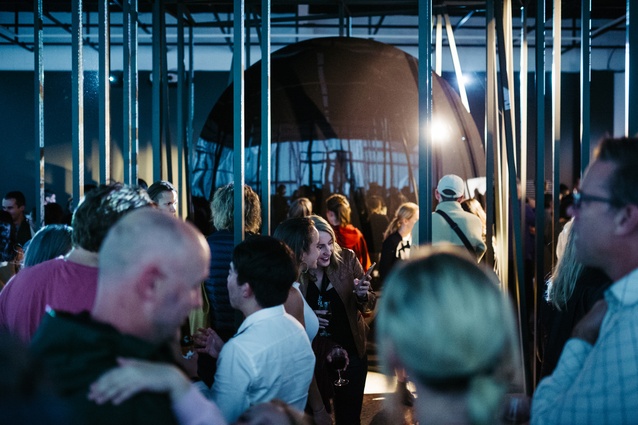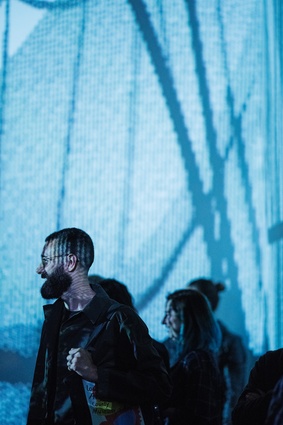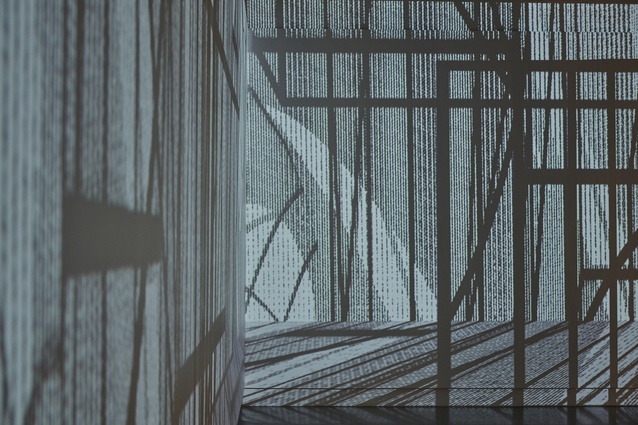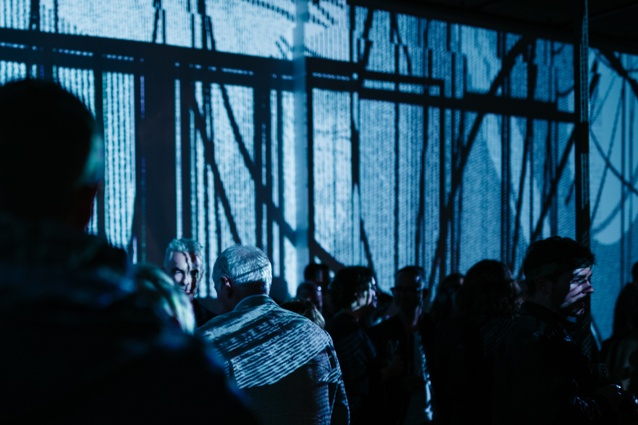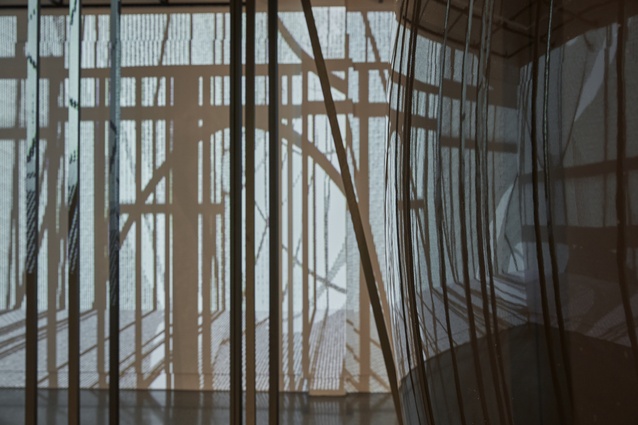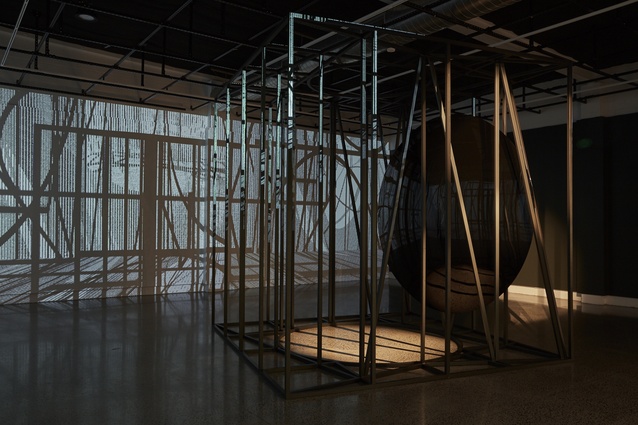Into the unknown: Penumbral Reflections
Dr Sarosh Mulla and Aaron Paterson from PAC Studio have created Penumbral Reflections, an enlightening exploration of space, shadow and architecture. Here they tell us a little more about the project and share some photos from the opening at Objectspace gallery.
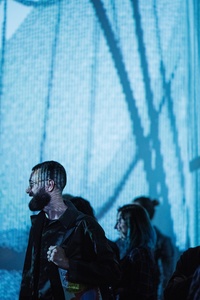
The exhibition is described as a “disciplinary experiment that seeks to blur the boundary between the simulated and physical in contemporary architectural practice”. Penumbral Reflections utilises the differing parts of a shadow. The ‘umbra’ is the darkest part of the shadow – a complete eclipse. The ‘penumbra’, however, is the space where light is only partially occluded. The penumbra occurs somewhere between a full shadow projection and full illumination.
The project is an installation of aluminium and steel that draws on two of the architects’ tools: the grid and the Claude glass. Along with this, projected light is used to create simulated shadow.
The organisers explain the exhibition saying, “Animating the gallery are four projections of simulations of the installation, produced in gaming engines that attempt to capture the perceptual qualities of the built work. The simulations are mapped on the aluminium construct, producing misalignments between simulated and real shadow. When viewed in the curved face of the Claude glass, two penumbral zones of half shadow, similar to that witnessed in a lunar eclipse, are created.
For Sarosh Mulla and Aaron Paterson of Paterson Architecture Collective (PAC Studio), the minds behind the project, Penumbral Reflections was a way to explore the status of contemporary architectural practice. PAC Studio is not only known for their modern architecture, but also for their work on the fringes of traditional practice.
In response to the question of “why” create a project like this, Sarosh answered, “The exhibition is an opportunity for us to clarify some recurrent themes in our practice, as well as testing some new ideas. It is also part of a live project for a star gazing observatory near Gisborne. But, fundamentally, we are using it as a tool in disrupting the day to day thinking in our practice.”

Even the tools chosen – the grid and the Claude glass – represent juxtaposition. The grid has classically been used as a tool of order. The Claude glass, on the other hand, was historically used to purposefully distort reality. Painters often used the convex mirrors as a way to reinterpret landscapes and create a fictional world. The exhibition features an oversized Claude glass that is a source of reflection as well as distortion.
Organisers say, “The space between the real and the simulated has narrowed in contemporary architectural practice, but it is within this penumbral space that contemporary forms of architectural representation can take shape.”
Sarosh says, “Visitors can expect to find themselves in the uncertain area between the simulated world of architectural representation and the physical construction.”
You can see Penumbral Reflections at Objectspace gallery in Ponsonby until 24 June 2018. The work will then be permanently installed at the Waikereru Ecosanctuary, near Gisborne.

